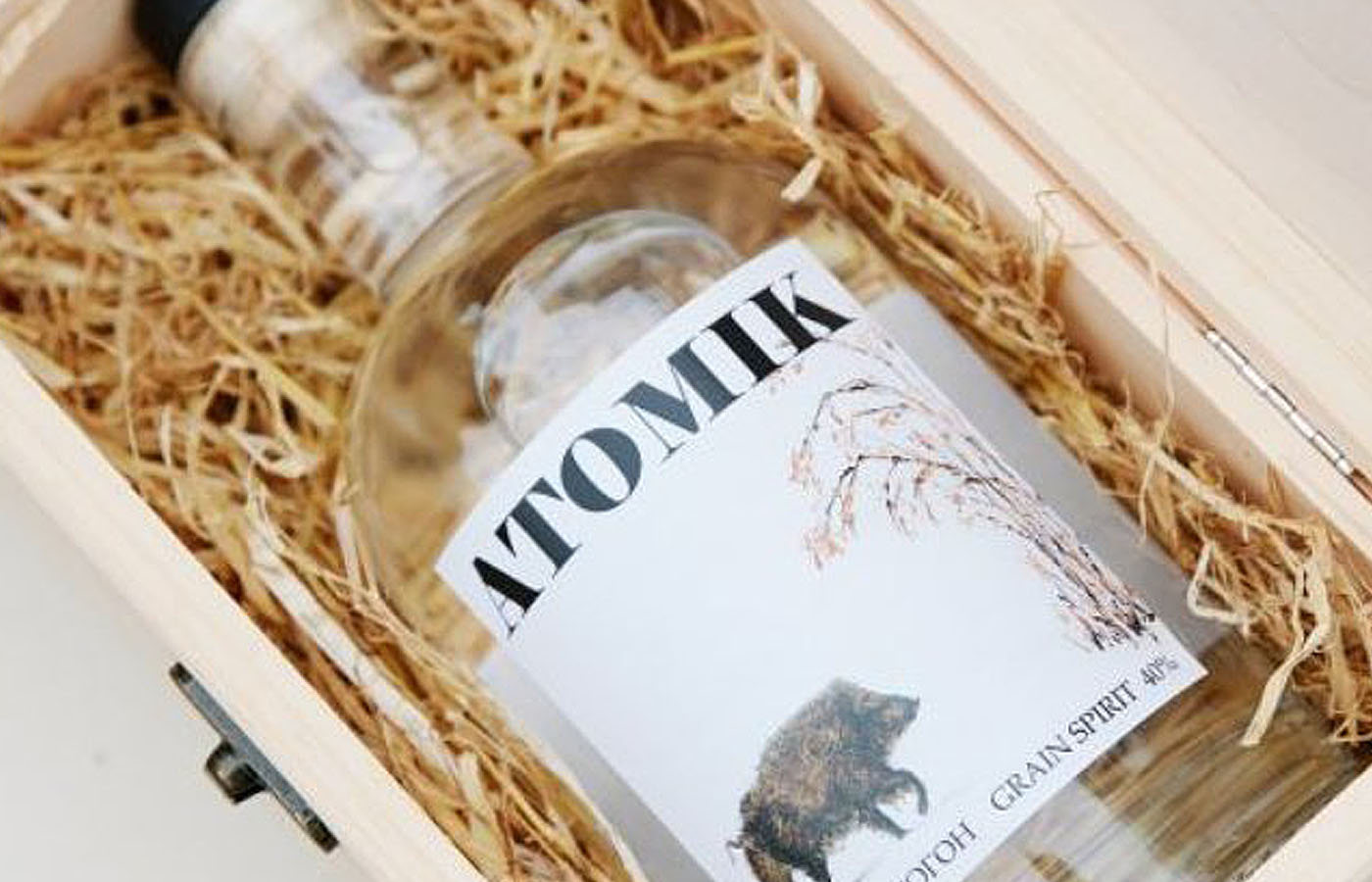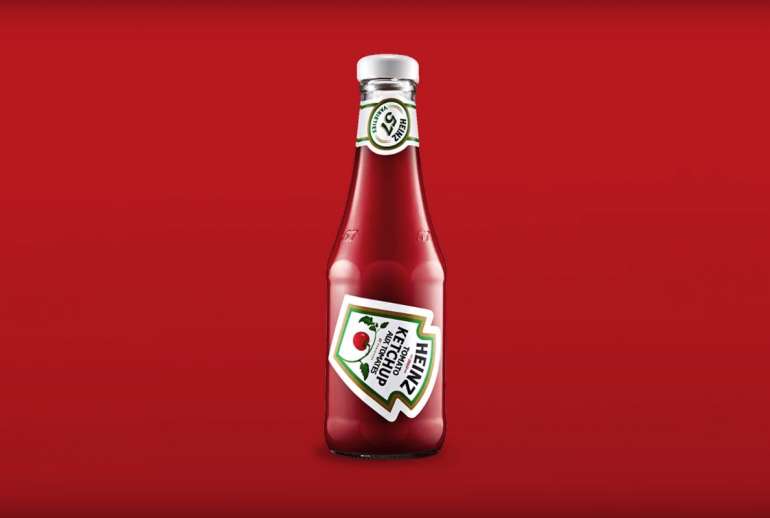Researchers are looking at ways to put land to use that was deserted by Ukrainian residents after the Chernobyl nuclear disaster thirty years ago. One of the interesting ideas that’s transpired is the creation of a brand-new vodka, called…are you ready for it? Atomik! This extremely limited run vodka is a direct product from rye crops in the Chernobyl exclusion zone. But, how safe is it to drink?
The disastrous events that unfolded at the Chernobyl nuclear plant back on April 26, 1986 in the number 4 nuclear reactor changed the lives of the people in the town of Pripyat and millions of others within a larger radius of the accident. It has also been suggested that the catastrophe was a major factor that lead to the fall of the Soviet Union, and thus, even changing the balance of world power in the end. The cost in money and the toll on man-power for the clean-up effort all but emptied the coffers of the empire, creating instability and downfall.
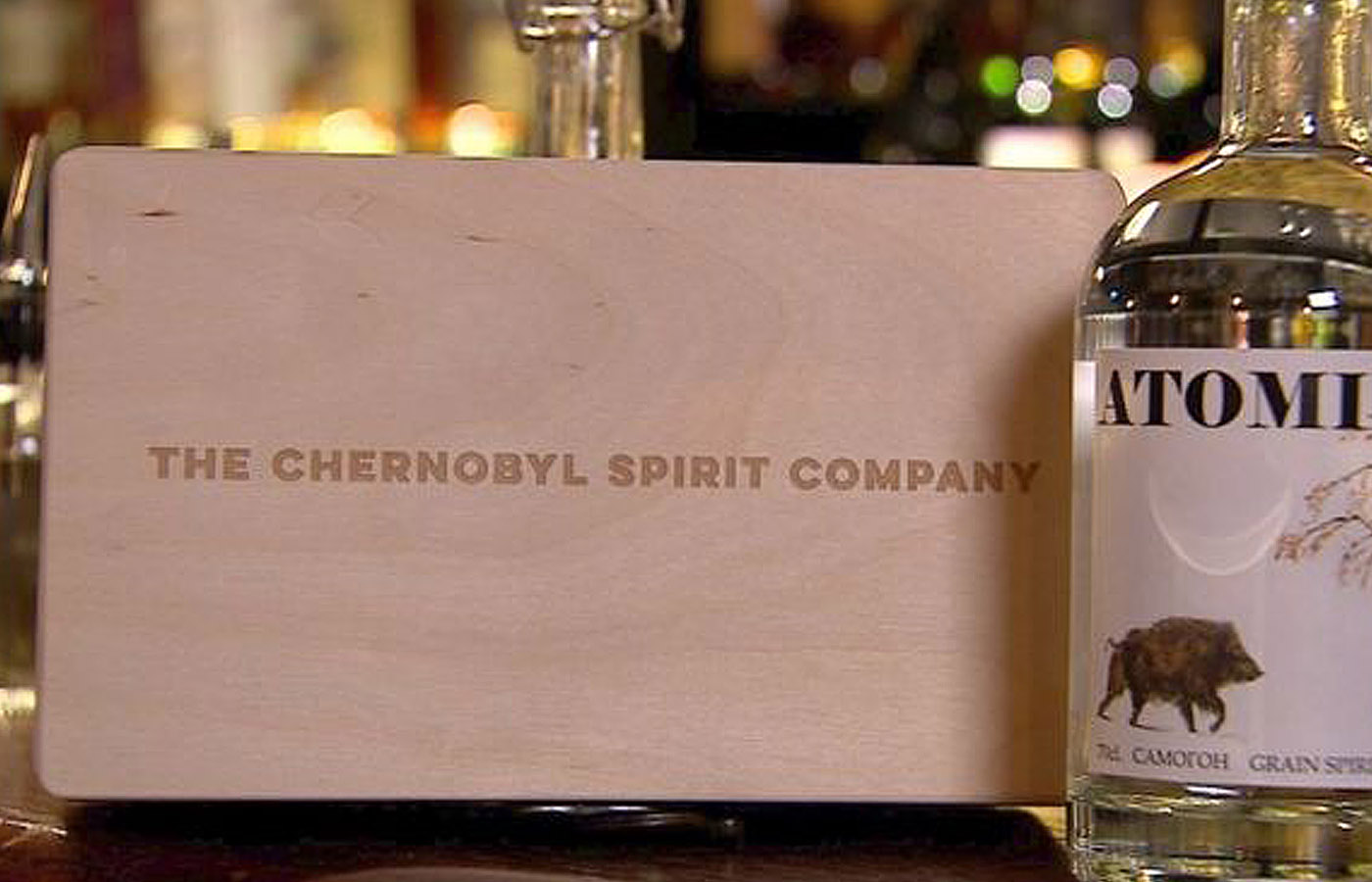
But now, the irony is finding ways to revive the ill-fated zone and make it sustainable once again. Surprisingly, vodka might be one of the answers. In a very quick nutshell, vodka is made from fermented grains, like wheat, rye or corn, whereby a pure ethyl alcohol is produced (pretty much void of any characteristics that include color, taste, or smell). Thereafter, the ethanol must be diluted by water at a ratio of 40% by volume or less. Afterwards, the mixture is put through a distillation process to create the end drinkable product.
It’s fitting that Russia’s history is inextricably linked to the popularity of firewater. It also happens to be the drink of choice (like vodka and soda) for those keeping an eye on their weight, since the spirit is low in calories. Even as a choice of fuel among college kids for college wild college dorm room, vodka can still keep its head high with a sophisticated reputation among classy bars with the like of the vodka gimlet – provided the vodka is of good quality – not the impure and low-shelf kind that can make you go blind (as when methanol is present in the vodka due to the type of distillation process used). Vodka is a versatile alcohol, just be sure to choose a top-shelf label.
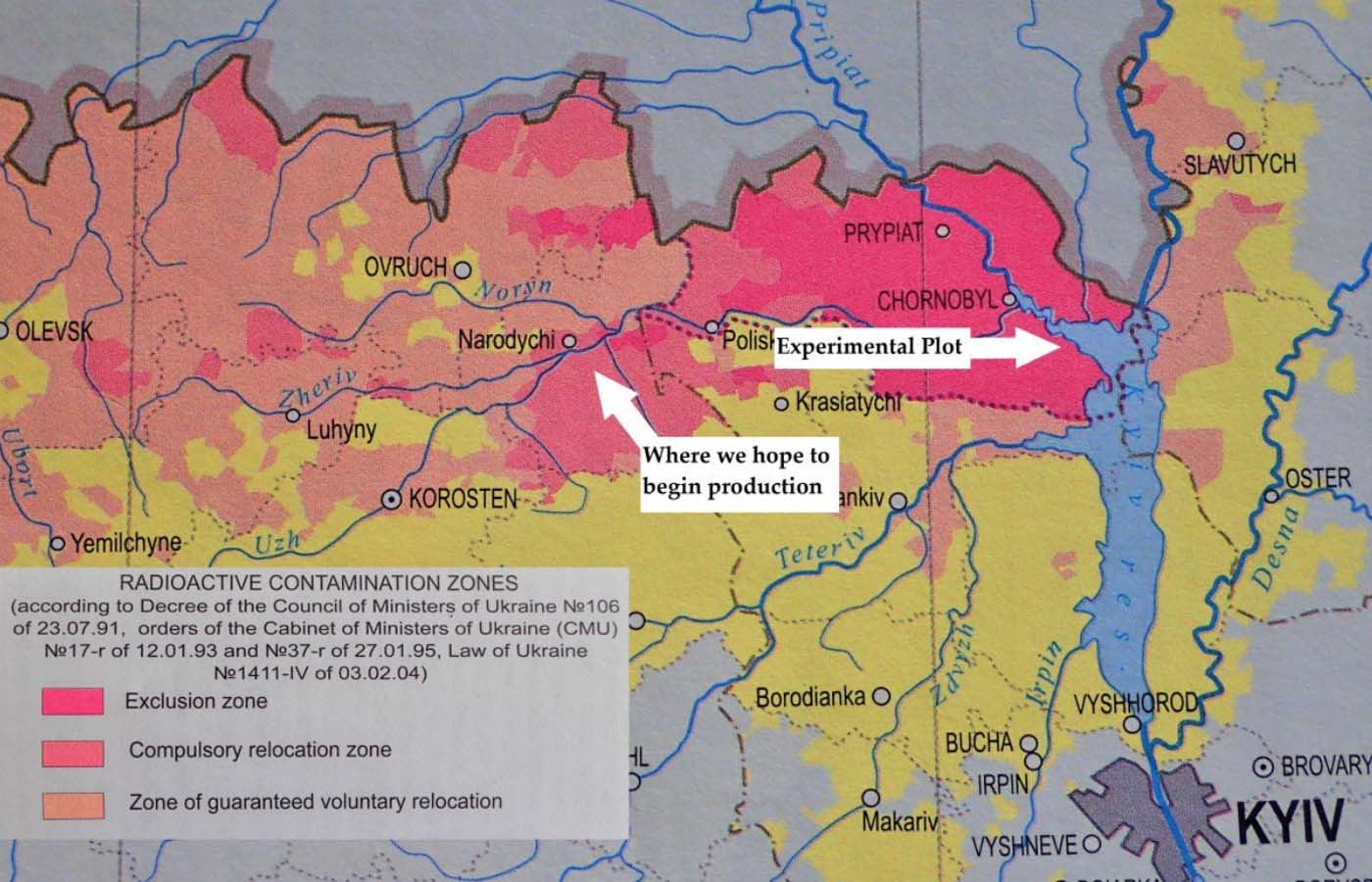
International scientists have collaborated with academics in the Ukraine to produce ‘Atomik’ vodka. They made Atomik from an experimental patch of grain crops and with water from an abandoned farm close to the site of the accident: Atomik was made from a rye that was slightly contaminated and then mixed with water from the aquifer located in Chernobyl and distilled. There were low levels of radioactivity found in the rye grain used, but the process of distillation reduces impurities.
At the moment, there is only one bottle of Atomik vodka that exists in the world, which Vodka enthusiasts and collectors would love to get their hands on. But, Atomik vodka made from crops in the Chernobyl exclusion zone begs one very important question … how safe is it to drink?
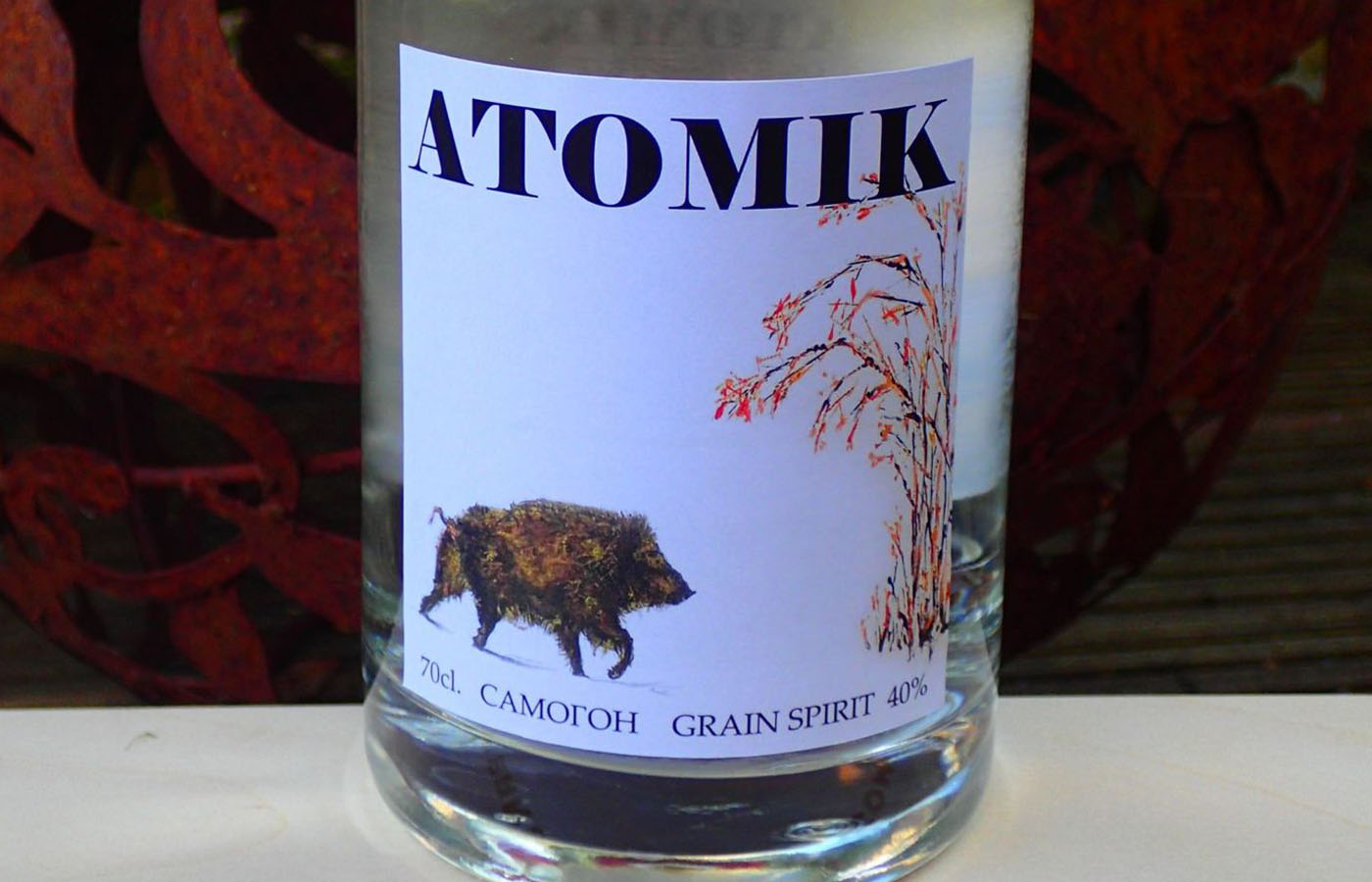
For now, assurances have been made that the end product has been scoured and methodically tested for radioactive material. Carbon-14 radioactivity is present in Atomik vodka, but at an entirely natural level, the same that is found in other spirits: that on par with the standards of any other vodka out there. And with the promising results comes the proposal to expand and increase production soon, in what is referred to as a ‘compulsory relocation zone’ to the west of Chernobyl. Thousands of people live here, but to date, agriculture has been forbidden by law. So, would you drink vodka made in Chernobyl? And is it a gimmick or will it become a status quo for gimlets?

